I'm trying out adal.js with an Angular SPA (Single Page Application) web site that gets data from an external Web API site (different domain). Authentication against the SPA was easy with adal.js, but getting it to communicate with the API is not working at all when bearer tokens are required. I have used https://github.com/AzureAD/azure-activedirectory-library-for-js as template in addition to countless blogs.
The problem is that when I set up endpoints while initiating adal.js, adal.js seems to redirect all outgoing endpoint traffic to microsofts login service.
Observations:
- Adal.js session storage contains two adal.access.token.key entries. One for the client ID of the SPA Azure AD application and one for the external api. Only the SPA token has a value.
- If I do not inject $httpProvider into adal.js, then calls go out to the external API and I get a 401 in return.
- If I manually add the SPA token to the http header ( authorization: bearer 'token value') I get a 401 in return.
My theory is that adal.js is unable to retrieve tokens for endpoints (probably because I configured something wrong in the SPA) and it stops traffic to the endpoint since it is unable to get a required token. The SPA token cannot be used against the API since it does not contain the required rights. Why is adal.js not getting tokens for endpoints and how can I fix it?
Additional information:
- The client Azure AD application is configured to use delegated permissions against the API and oauth2AllowImplicitFlow = true in app manifest.
- The API Azure AD application is configured for impersonation and oauth2AllowImplicitFlow = true (do not think that is required, but tried it). It is multi tenant.
- The API is configured to allow all CORS origins and it works correctly when used by another web app using impersonation (hybrid MVC (Adal.net) + Angular).
Session storage:
key (for the SPA application): adal.access.token.keyxxxxx-b7ab-4d1c-8cc8-xxx value: eyJ0eXAiOiJKV1QiLCJhbGciOiJSUzI1NiIsIng1dCI6Ik1u...
key (for API application): adal.access.token.keyxxxxx-bae6-4760-b434-xxx
value:
app.js (Angular and adal configuration file)
(function () {
'use strict';
var app = angular.module('app', [
// Angular modules
'ngRoute',
// Custom modules
// 3rd Party Modules
'AdalAngular'
]);
app.config(['$routeProvider', '$locationProvider',
function ($routeProvider, $locationProvider) {
$routeProvider
// route for the home page
.when('/home', {
templateUrl: 'App/Features/Test1/home.html',
controller: 'home'
})
// route for the about page
.when('/about', {
templateUrl: 'App/Features/Test2/about.html',
controller: 'about',
requireADLogin: true
})
.otherwise({
redirectTo: '/home'
})
//$locationProvider.html5Mode(true).hashPrefix('!');
}]);
app.config(['$httpProvider', 'adalAuthenticationServiceProvider',
function ($httpProvider, adalAuthenticationServiceProvider) {
// endpoint to resource mapping(optional)
var endpoints = {
"https://localhost/Api/": "xxx-bae6-4760-b434-xxx",
};
adalAuthenticationServiceProvider.init(
{
// Config to specify endpoints and similar for your app
clientId: "xxx-b7ab-4d1c-8cc8-xxx", // Required
//localLoginUrl: "/login", // optional
//redirectUri : "your site", optional
extraQueryParameter: 'domain_hint=mydomain.com',
endpoints: endpoints // If you need to send CORS api requests.
},
$httpProvider // pass http provider to inject request interceptor to attach tokens
);
}]);
})();
Angular code for calling endpoint:
$scope.getItems = function () {
$http.get("https://localhost/Api/Items")
.then(function (response) {
$scope.items = response.Items;
});
